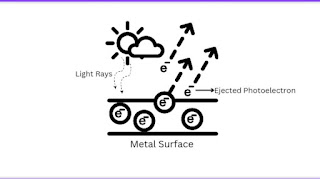Concepts Related to Vectors
Vector Algebra (Class 12) 1. Introduction to Vectors ➜ Scalars and Vectors: ● Scalars : Quantities that have only magnitude (e.g., mass, temperature, time). ● Vectors : Quantities that have both magnitude and direction (e.g., displacement, velocity, force). ➜ Geometric Representation of Vectors: ● Vectors as directed line segments with an initial point and a terminal point. ● Notation for representing vectors (e.g., bold letters, arrow marks). ➜ Components of Vectors: ●Resolving vectors into components along the coordinate axes. ●Finding components using trigonometric ratios. ➜ Magnitude and Direction: ● Calculating the magnitude of a vector using the Pythagorean theorem. ● Finding the direction of a vector using trigonometric functions. 2. Addition and Subtraction of Vectors ➜ Geometric Addition and Subtraction: ● Triangle Law of Vector Addition: Graphical method to add two vectors using the head-to-tail rule. ● Parallelogram Law of Vector Addition: Graphical method to add two ...






